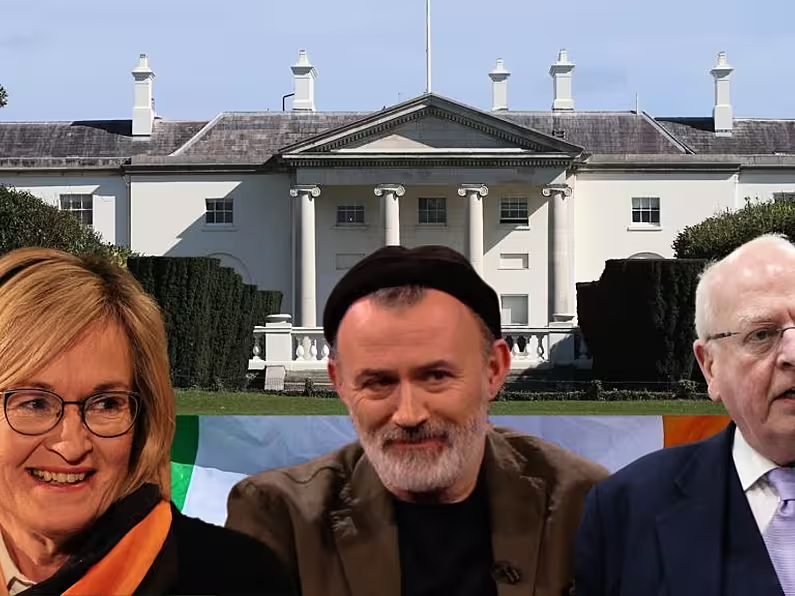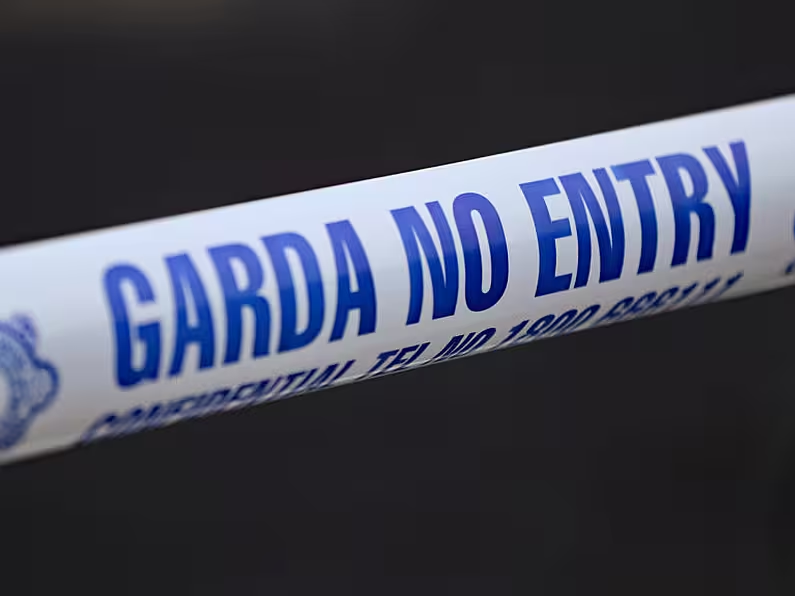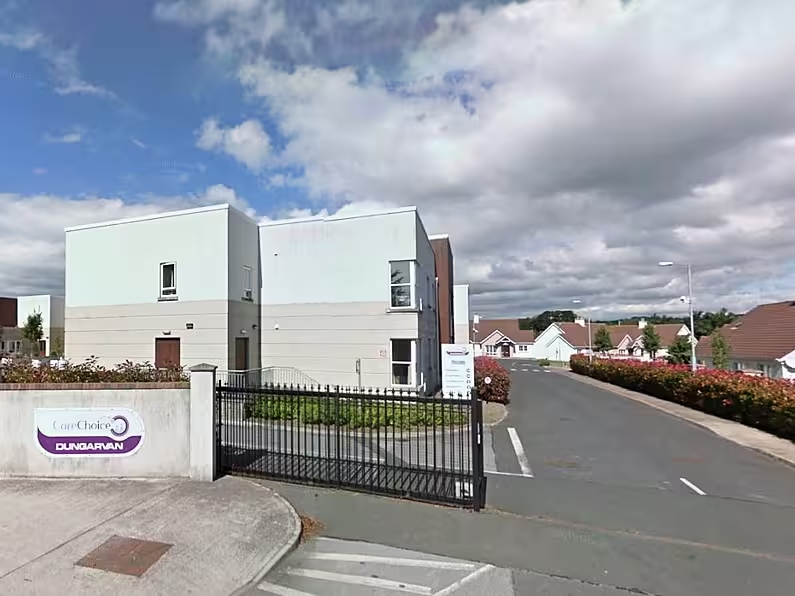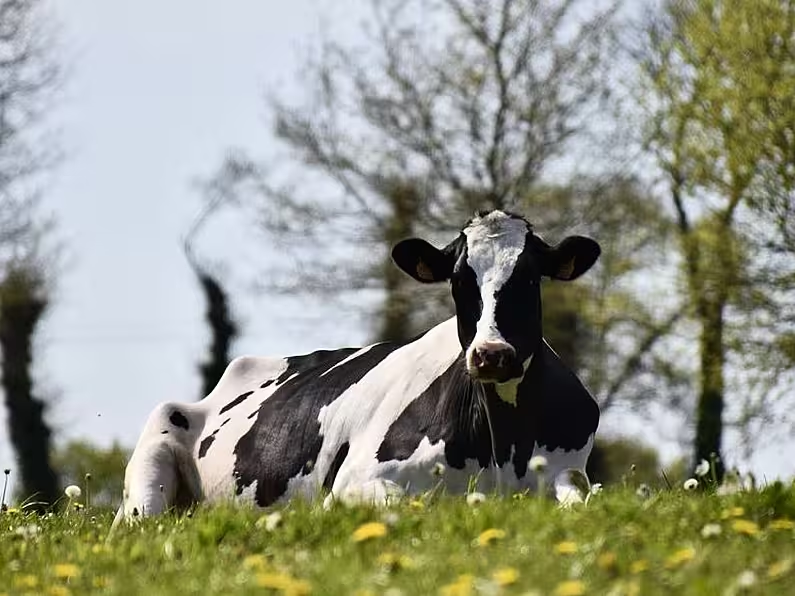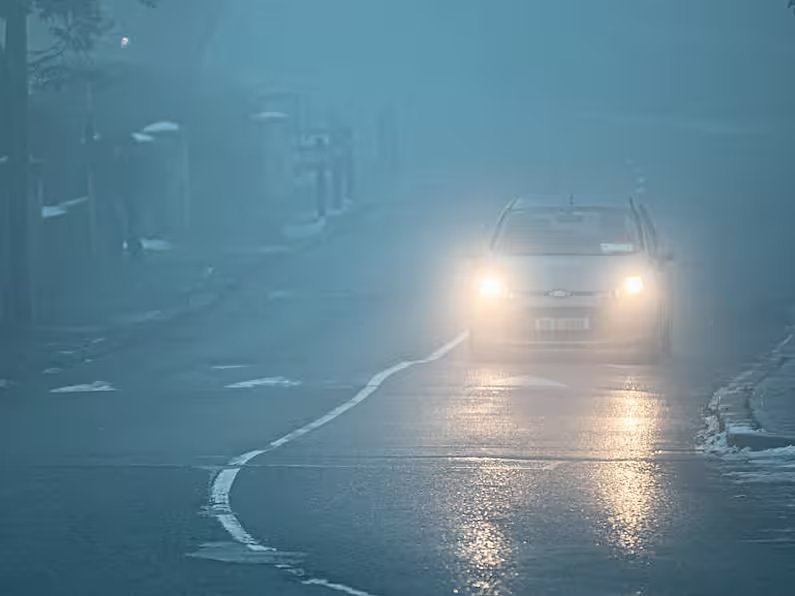By Gráinne Ní Aodha, PA
A Co Offaly school bus driver has told a court that he drove the man accused of murdering Ashling Murphy home on the same day she was killed.
Rostislav “Peter” Pokuta, a Slovak national who has been living in Ireland since 2006, said he knew Jozef Puska and his brothers because of his job as a school bus driver.
He told the court Puska arrived at his home at around 9pm on January 12th last year asking to be driven home, after saying he had been in “some fight” in town.
Mr Pokuta also told the court that he did not make a statement to gardai about “the whole story” until January 24th because he was afraid of what would happen to his family.
Ms Murphy, 23, was killed while out exercising along a canal path in Tullamore, Co Offaly, at about 3.30pm on January 12th last year.
Puska, 33, of Lynally Grove in Mucklagh, Tullamore, has pleaded not guilty to the schoolteacher’s murder.
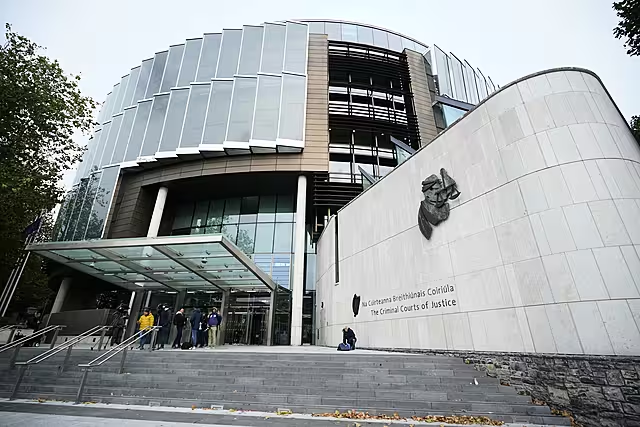
At the sixth day of evidence at the Central Criminal Court in Dublin, Mr Pokuta said he was eating his dinner on January 12 when he was told by his son that Puska was at the door and wanted to speak to him.
“So I came down to the door and said: ‘What’s the story?'” he told the court, adding that Puska asked him for a lift home.
Mr Pokuta said Puska looked very scared, “wet”, and that “his face was scratched or something”.
He told the court Puska did not look like himself and appeared really scared.
The witness agreed that his face almost looked a different colour.
Mr Pokuta said that Puska told him that he had “some fight or something in town”, and that Puska did not want to talk about it.
The witness said he would bring Puska home in his son’s car, a grey Volkswagen which has a sunroof.
He told the court that he took the key, started the car up, and asked Puska several times what had happened.
“I said: ‘Why did you not ring the guards?’ No answer to that,” he told the court.
Mr Pokuta confirmed to the court that he can be seen driving his son’s car on CCTV footage shown to the jury last week and again on Tuesday morning.

He told the court that Puska was wearing a black tracksuit with “some line” on the side, which he thought was white.
The court heard that when they arrived at his home, Puska said: “I’ll sort you out tomorrow,” and went inside.
The court heard that Mr Pokuta did not tell gardai “the whole story” in a statement on January 21st, but did on January 24th.
He said that this was because he was worried about his family, as there was “a lot going on” about the murder of Ms Murphy in Tullamore at the time.
Mr Pokuta said he was worried someone “might come down to my house and do something”.
Under questioning from defence barrister Michael Bowman SC, Mr Pokuta said that Puska did look injured at the time.
Mr Pokuta told the court Puska could have been holding his stomach or head, and that he did look hurt.
The court also heard members of An Garda Siochana give evidence in relation to a FitBit smartwatch and an account liked to an email address that included the words “ashling murphy”.

Garda Ciaran Byrne explained to the court what data a FitBit can gather, including distances and heartrate.
Mr Byrne said that he examined the data from the FitBit watch, shown in court, and cross-checked the data it collected on elevation and direction against a test he carried out along the canal route.
He said the Fitbit data indicates the user travelled 1km along the canal walk by 3.01pm, 2km by 3.10pm and 3km by 3.20pm.
Mr Byrne told the court that from 3.21pm, there was no longer any consistent data recorded by the smartwatch.
He said that there was a 90 degree angle recorded for most of the exercise session, indicating the user travelled in an easterly direction.
At 3.16pm, he said there was a change from 90 up to 270 degrees, as the user appears to do a u-turn and walk in a westerly direction.
He said that at 3.21pm, the user of the watch is no longer travelling in a westerly direction, and the data indicates “an erratic or violent movement” where the orientation being tracked by the smartwatch is moving “quite quickly from 0 to 360 degrees” in a constant manner.
Mr Byrne said that it seemed to be going from 0 to 360 repeatedly in a very short space of time.
The witness told the court he could not see that happening in any of the previous exercises logged by the user.
He also said that “having walked the route myself”, the erratic activity takes place at “the spot where the memorial now stands”.

In heartrate data tracked by the Fitbit watch, recorded in beats per minute (bpm), the start of the exercise session tracks a rate of around 100bpm, the court heard.
At 3.21pm, the heartrate decreases rapidly, Mr Byrne told the court, and falls to a point below 60bpm at 3.27pm.
At 3.27pm the heartrate increases rapidly until 3.31pm, when the Fitbit no longer picks up a heartrate, Mr Byrne said.
He said the watch no longer records any values for a heartrate after 3.31pm.
Under questioning from Mr Bowman, Mr Byrne confirmed that the time on the Huawei smartphone linked to the FitBit watch and account was correct, and confirmed to the court that he did check.
Mr Bowman suggested to Mr Byrne that there was a need to be careful with the accuracy of the data.





